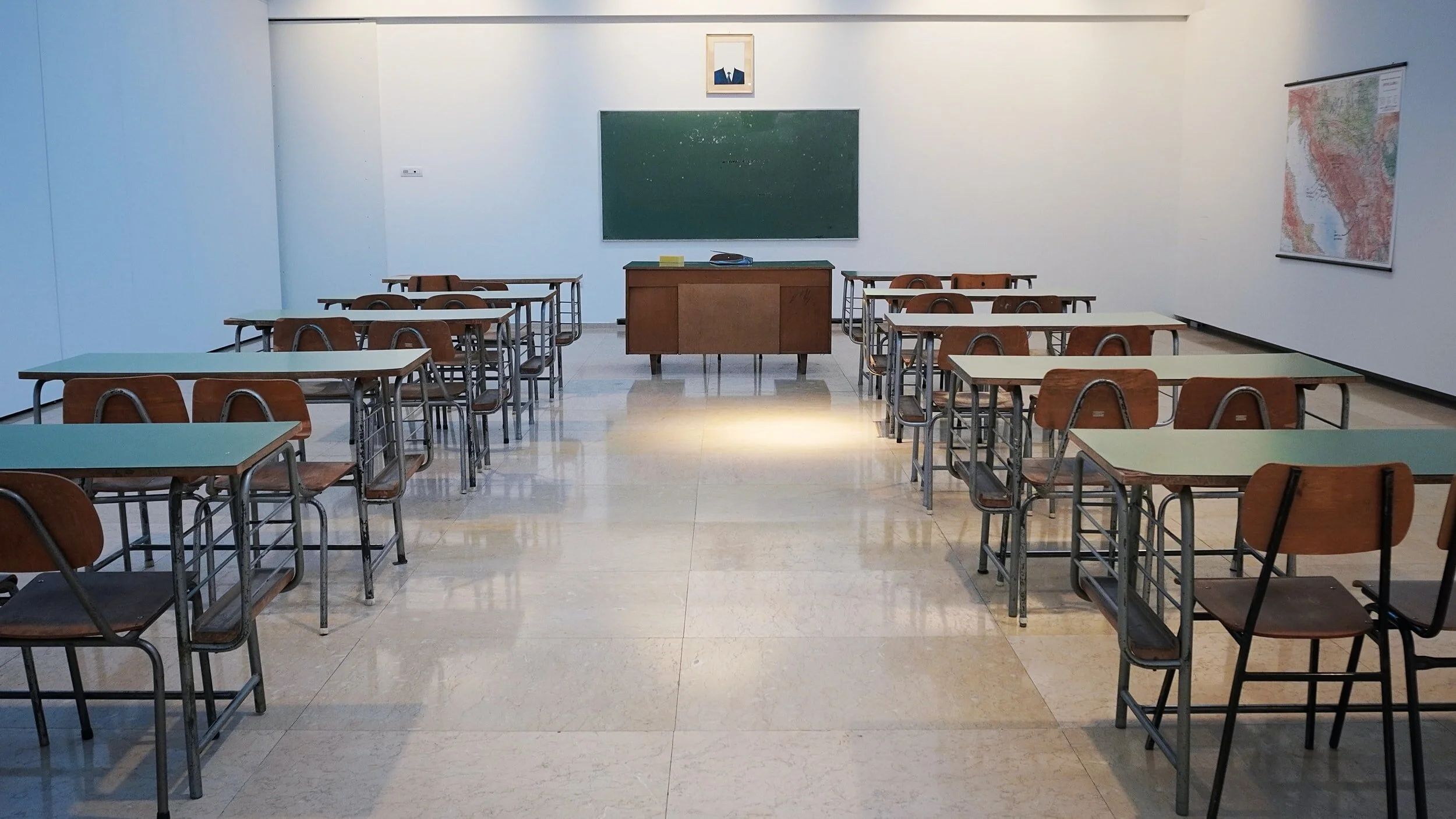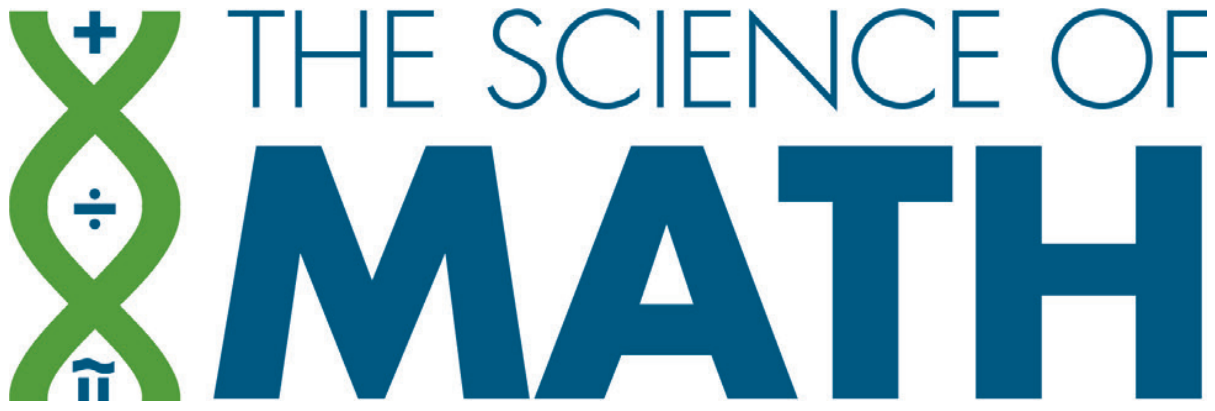
Common Misconceptions: Inquiry-Based versus Explicit Instruction
MISCONCEPTION
Inquiry-based approaches increase math achievement for novice learners.
Inquiry-based approaches increase students’ positive feelings about math.
Students are more likely to remember information they have “discovered.”
Students learn better when they are curious and interested in the problem.
Discovery and application are the most useful tactics for teaching math at all stages of learning.
Inquiry-based instruction should be the primary tactic used in core instruction.
Explicit instruction is only beneficial for struggling learners.
Explicit instruction provides correct answers to students and only promotes rote and shallow learning to passive learners.
TRUTH
None of these claims about the benefits of inquiry-based instruction are supported by rigorous experimental studies capable of supporting such causal claims.1,2,3,4,5,6,7,8,9
Explicit instruction arranges tasks in increments of difficulty so students experience a high rate of success while mastering new skills, builds fluency for recently acquired skills to make correct responding easier for students, and provides opportunities for students to generalize or combine learned skills with new knowledge. Explicit instruction is generally effective for all learners.10,11,12,13
Explicit instruction delivers instructional support based on student skill development—supporting acquisition of new skills, fluent skill performance for recently acquired skills, and generalized skill performance for recently mastered skills.

What are the Core Components of Explicit Instruction?
Segments complex skills into manageable concepts
Emphasizes critical concepts through modeling and think-aloud problem solving
Systematically fades supports to promote independent responding
Provides opportunities for student response and feedback
Provides purposeful practice opportunities for students
Explicit instruction is recommended as one of the six instructional practices essential to math instruction with strong research evidence.14
For a brief and very useful document that details how to put each of the recommended practices into action including systematic instruction:
FACTORS TO CONSIDER: INQUIRY-BASED VS. EXPLICIT INSTRUCTION
Consider the knowledge the learner brings to the current math concept. If the learner is novice with little knowledge of the concept, explicitly choose tasks that increase incrementally in difficulty as students gain understanding. Provide antecedent supports like carefully controlled task presentation,¹⁶ graduated prompting sequences for correct responding, and consequence supports like immediate corrective feedback and guiding the student to correct errors and misconceptions.17,18
Once the student has acquired the skill (can respond accurately), build fluency with a high-dosage of opportunities to respond on the same type of task.19 Once a child can fluently respond, provide generalization tasks, which are related tasks that the child has not been directly taught how to do or tasks that require a child to modify their learned response to solve. Cumulative mixed review,20 distributed practice,21 and interleaved tasks during practice22 are tactics that promote a robust skill performance that is more likely to be retained over time and useful in learning more complex associated skills.23 Generalization is the phase of learning in which tactics like giving challenging novel problem types to students with minimal guidance can often successfully occasion learning without additional instruction.23
Citation: Advocates for the Science of Math (2021). Common misconceptions: Inquiry-based versus explicit instruction. Authors.
(1) Alfieri, L., Brooks, P. J., Aldrich, N. J., & Tenenbaum, H. R. (2011). Does discovery-based instruction enhance learning?. Journal of Educational Psychology, 103(1), 1-18. https://doi.org/10.1037/a0021017
(2) Kirschner, P. A.; Sweller, J., & Clark, R. E. (2006). Why Minimal Guidance During Instruction Does Not Work: An Analysis of the Failure of Constructivist, Discovery, Problem-Based, Experiential, and Inquiry-Based Teaching. Educational Psychologist, 41, 75-86.
(3) Powell, S. R., Hughes, E. M., Peltier, C. (2022). Myths that interfere with mathematics instruction. Centre for Independent Studies. https://www.cis.org.au/publication/myths-that-undermine-maths-teaching/
(4) VanDerHeyden, A. M., & Codding, R. S. (2020). Belief-Based Versus Evidence-Based Math Assessment and Instruction: What School Psychologists Need to Know to Improve Student Outcomes. Research-Based Practice; Communique, 48, p. 1, 20-25.
(5) Carbonneau, K. J., Marley, S. C., & Selig, J. P. (2013). A meta-analysis of the efficacy of teaching mathematics with concrete manipulatives. Journal of Educational Psychology, 105(2), 380–400. https://doi.org/10.1037/a0031084
(6) De Jong, T., & Van Joolingen, W. R. (1998). Scientific discovery learning with computer simulations of conceptual domains. Review of Educational Research, 68, 179–202. https://doi.org/10.3102%2F00346543068002179
(7) Hermann, G. (1969). Learning by discovery: A critical review of studies. Journal of Experimental Education, 38, 58–72. https://doi.org/10.1080/00220973.1969.11011167
(8) Lazonder, A. W., & Harmsen, R. (2016). Meta-analysis of inquiry-based learning: Effects of guidance. Review of Educational Review, 86(3), 681-718.
(9) De Jong, T., & Van Joolingen, W. R. (1998). Scientific discovery learning with computer simulations of conceptual domains. Review of Educational Research, 68, 179–202. https://doi.org/10.3102%2F00346543068002179
(10) Doabler, C. T., Baker, S. K., Kosty, D. B., Smolkowski, K., Clarke, B., Miller, S. J., & Fien, H. (2015). Examining the association between explicit mathematics instruction and student mathematics achievement. The Elementary School Journal, 115(3), 303-333. https://www.journals.uchicago.edu/doi/abs/10.1086/679969
(11) Heijltjes, A., Van Gog, T., & Paas, F. (2014). Improving students' critical thinking: Empirical support for explicit instructions combined with practice. Applied Cognitive Psychology, 28(4), 518-530. https://doi.org/10.1002/acp.3025
(12) Morgan, P. L., Farkas, G., & Maczuga, S. (2015). Which instructional practices most help first-grade students with and without mathematics difficulties?. Educational Evaluation and Policy Analysis, 37(2), 184-205. https://doi.org/10.3102/0162373714536608
(13) Stockard, J., Wood, T. W., Coughlin, C., & Rasplica Khoury, C. (2018). The effectiveness of direct instruction curricula: A meta-analysis of a half century of research. Review of Educational Research, 88(4), 479-507. https://doi.org/10.3102/0034654317751919
(14) Fuchs, L.S., Newman-Gonchar, R., Schumacher, R., Dougherty, B., Bucka, N., Karp, K.S., Woodward, J., Clarke, B., Jordan, N. C., Gersten, R., Jayanthi, M., Keating, B., and Morgan, S. (2021). Assisting Students Struggling with Mathematics: Intervention in the Elementary Grades (WWC 2021006). Washington, DC: National Center for Education Evaluation and Regional Assistance (NCEE), Institute of Education Sciences, U.S. Department of Education. Retrieved from http://whatworks.ed.gov/.
(15) https://ies.ed.gov/ncee/wwc/Docs/PracticeGuide/WWC-PraxGuide-Elementary-Math-Summary-508c.pdf
(16) Engelmann, S. (1993). The curriculum as the cause of failure. The Oregon Conference Monograph, 5, 3-8.
(17) Archer, A., & Hughes, C. (2011). Explicit instruction: Effective and efficient teaching. Guilford.
(18) Stein, M., Kinder, D., Rolf, K., Silbert, J. & Carnine, D. W. (2018). Direct instruction mathematics (5th Ed.). New York, NY: Pearson.
(19) Burns, M. K., Codding, R. S., Boice, C. H., & Lukito, G. (2010). Meta-analysis of acquisition and fluency math interventions with instructional and frustration level skills: Evidence for a skill-by-treatment interaction. School Psychology Review, 39, 69-83.
(20) Mayfield, K. H., & Chase, P. N. (2002). The effects of cumulative practice on mathematics problem solving. Journal of Applied Behavior Analysis, 35, 105-123. https://doi.org/10.1901/jaba.2002.35-105
(21) Schutte, G., Duhon, G., Solomon, B., Poncy, B., Moore, K., & Story, B. (2015). A comparative analysis of massed vs. distributed practice on basic math fact fluency growth rates. Journal of School Psychology, 53, 149-159. https://doi.org/10.1016/j.jsp.2014.12.003
(22) Rohrer, D., Dedrick, R. F., Hartwig, M. K., & Cheung, C. N. (2019, May16). A randomized controlled trial of interleaved mathematics practice. Journal of Educational Psychology. Advance online publication. dx.doi.org/10.1037/edu0000367
(23) Burns, M. K., VanDerHeyden, A. M., & Jiban, C. (2006). Assessing the instructional level for mathematics: A comparison of methods. School Psychology Review, 35, 401-418. https://doi.org/10.1080/02796015.2006.12087975


